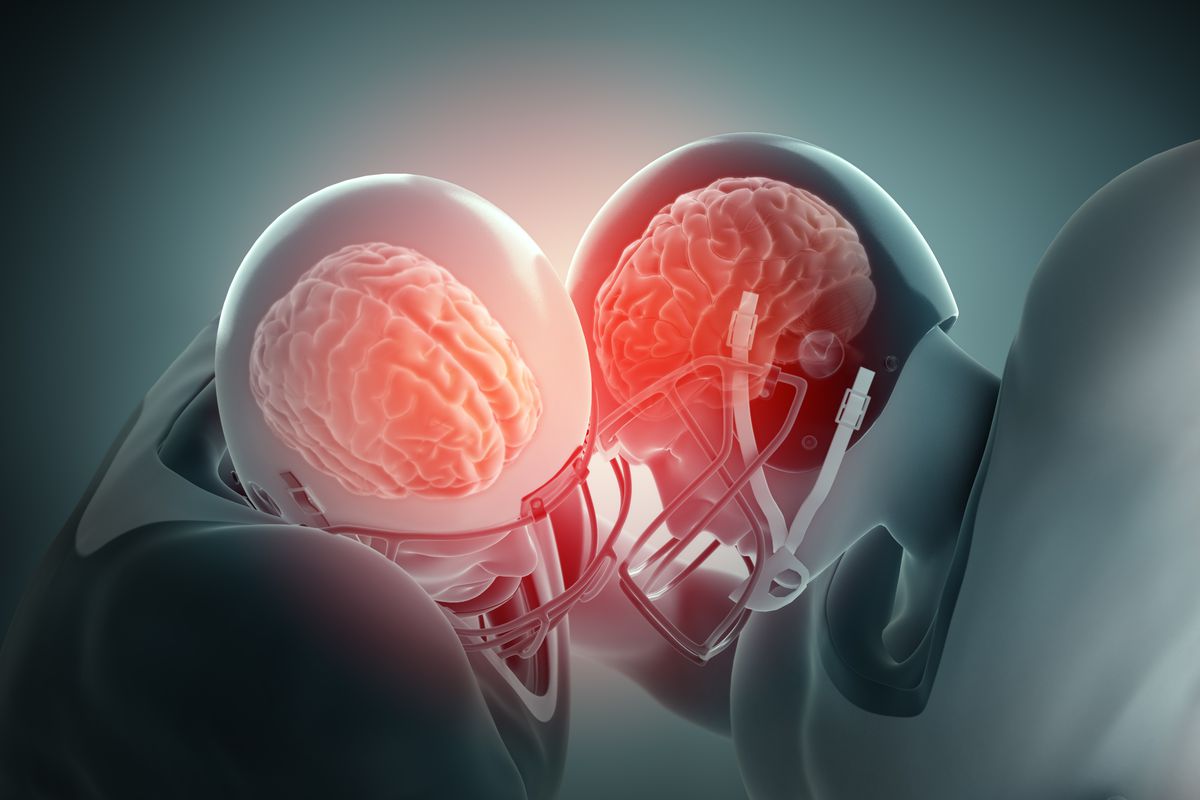
Source: https://www.vox.com/science-and-health/2018/2/2/16956440/super-bowl-2020-concussion-symptoms-cte-football-nfl-brain-damage-youth
Introduction
Football season starts next week, and along with the excitement and entertainment comes a growing concern about head injury and its potential long-term effects. Over the years, the link between football and brain injuries has gained attention, prompting the sports community to take measures to prevent and effectively treat these injuries. In this blog post, we’ll delve into the causes of brain injuries in football, discuss prevention strategies, and explore how these injuries can be treated.
Types of Brain Injuries in Football
Football players can suffer various types of brain injuries, with concussions being the most common. Concussions occur when a blow to the head or body causes the brain to move within the skull, leading to various symptoms such as dizziness, confusion, and memory problems. Repeated concussions can have severe long-term consequences, including chronic traumatic encephalopathy (CTE), a degenerative brain disease.
Causes of Brain Injuries in Football
- Helmet-to-Helmet Collisions: These violent collisions can result in concussions and other head injuries.
- Sub-concussive Hits: Repeated, low-level impacts to the head, even without immediate symptoms, can accumulate and lead to brain damage over time.
- Improper Tackling Techniques: Players who use their helmets as weapons or lead with their heads are at a higher risk of head injuries.
Preventing Brain Injuries in Football
- Proper Coaching and Technique: Coaches play a pivotal role in ensuring that players are taught safe tackling techniques, emphasizing proper head positioning and avoiding dangerous plays.
- Improved Helmet Design: Ongoing research is focused on developing helmets with better shock-absorbing properties and improved technology to reduce the risk of concussions.
- Rule Changes: Football leagues and organizations have implemented rule changes to discourage dangerous tackles and hits, with penalties and fines for violations.
- Education and Awareness: Raising awareness among players, coaches, and parents about the signs and risks of brain injuries is crucial. Players should be encouraged to report symptoms promptly
- Regular Monitoring: Athletes should undergo baseline neuro-cognitive testing before the season begins. If a player sustains a head injury, they can be compared to their baseline to assess the extent of the injury.
Treating Brain Injuries in Football
- Immediate Response: When a player shows signs of a concussion, they should be immediately removed from the game and assessed by a medical professional. Rest is crucial during the initial recovery phase.
- Gradual Return to Play: Athletes should follow a stepwise return-to-play protocol, which involves gradually increasing physical activity and monitoring symptoms. Players must be cleared by a medical professional before returning to full contact play.
- Neuropsychological Evaluation: In cases of severe or multiple concussions, athletes may undergo neuropsychological testing to assess cognitive function and track recovery progress.
- Long-Term Care: Athletes with a history of repeated concussions should receive ongoing medical care and monitoring to mitigate the long-term effects of brain injuries.
Conclusion
Brain injuries in football are a serious concern, but with the right preventive measures and effective treatment strategies, their incidence and impact can be reduced. Proper coaching, improved equipment, rule changes, and increased awareness all play crucial roles in protecting the health and well-being of football players. By addressing this issue comprehensively, fans can enjoy the excitement of the game while knowing that the brains of those who play it are being taken care of.
Sources:
- Centers for Disease Control and Prevention (CDC) – “Traumatic Brain Injury & Concussion”: https://www.cdc.gov/traumaticbraininjury/
- American Academy of Pediatrics – “Tackling in Youth Football”: https://pediatrics.aappublications.org/content/142/3/e20183021
- Mayo Clinic – “Concussion”: https://www.mayoclinic.org/diseases-conditions/concussion/symptoms-causes/syc-20355594
- National Football League (NFL) – “Health and Safety”: https://operations.nfl.com/health-and-safety/
- Brain Injury Association of America – “Concussion and Mild Traumatic Brain Injury”: https://www.biausa.org/brain-injury/about-brain-injury/concussion
